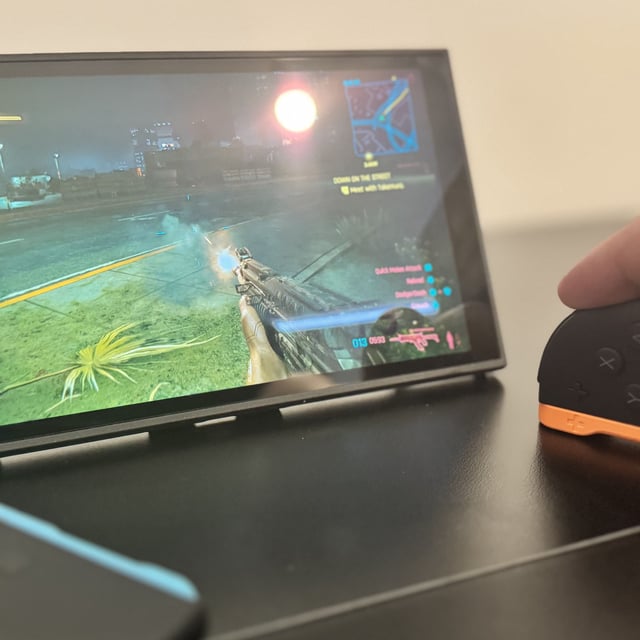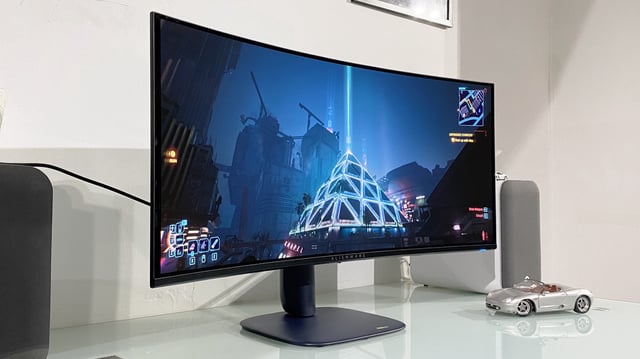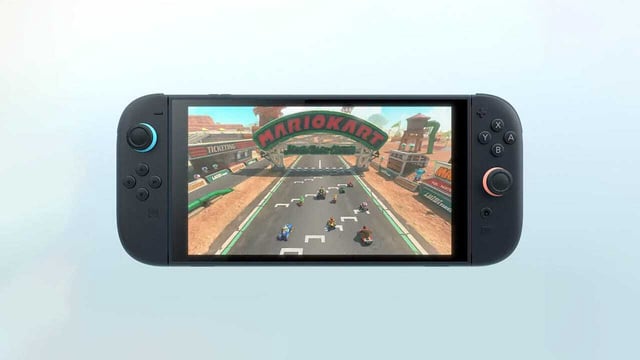Overview
- Monitor Unboxed measured a 33 ms gray-to-gray response time on the Switch2’s LCD at 60 Hz, compared with 21 ms on the 2017 model.
- The display’s two-frame latency at 60 Hz prevents full pixel transitions before each refresh, producing persistent blur trails in motion tests.
- Despite lacking HDR and variable refresh rate, the 7.9-inch 1080p LCD delivers up to 430 nits of brightness and covers 98% of the DCI-P3 color spectrum.
- Experts attribute the slow pixel response to the omission of overdrive technology, a design choice intended to extend the console’s battery life.
- Nintendo sold 3.5 million Switch2 units in its first four days on sale, underscoring strong consumer demand despite display criticisms.



